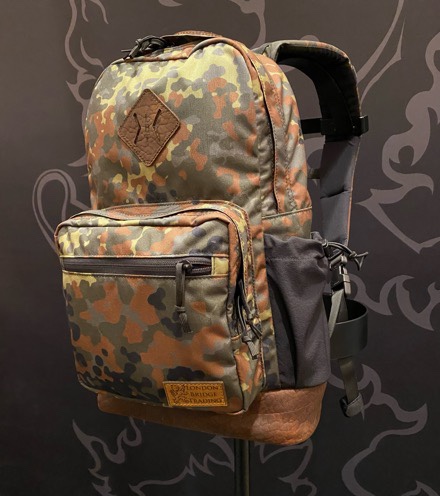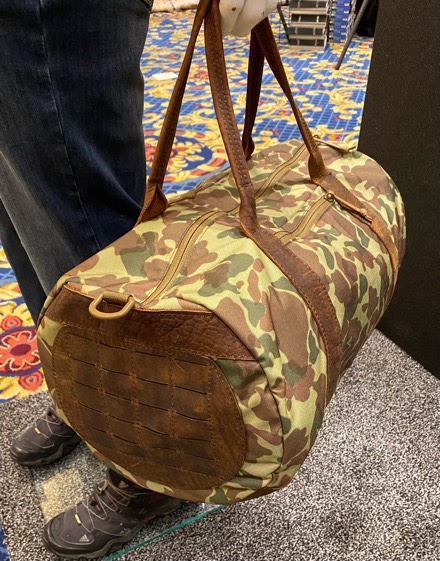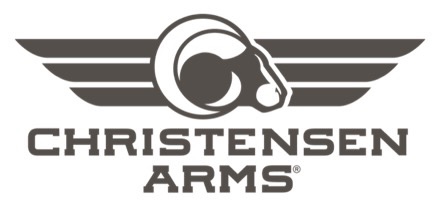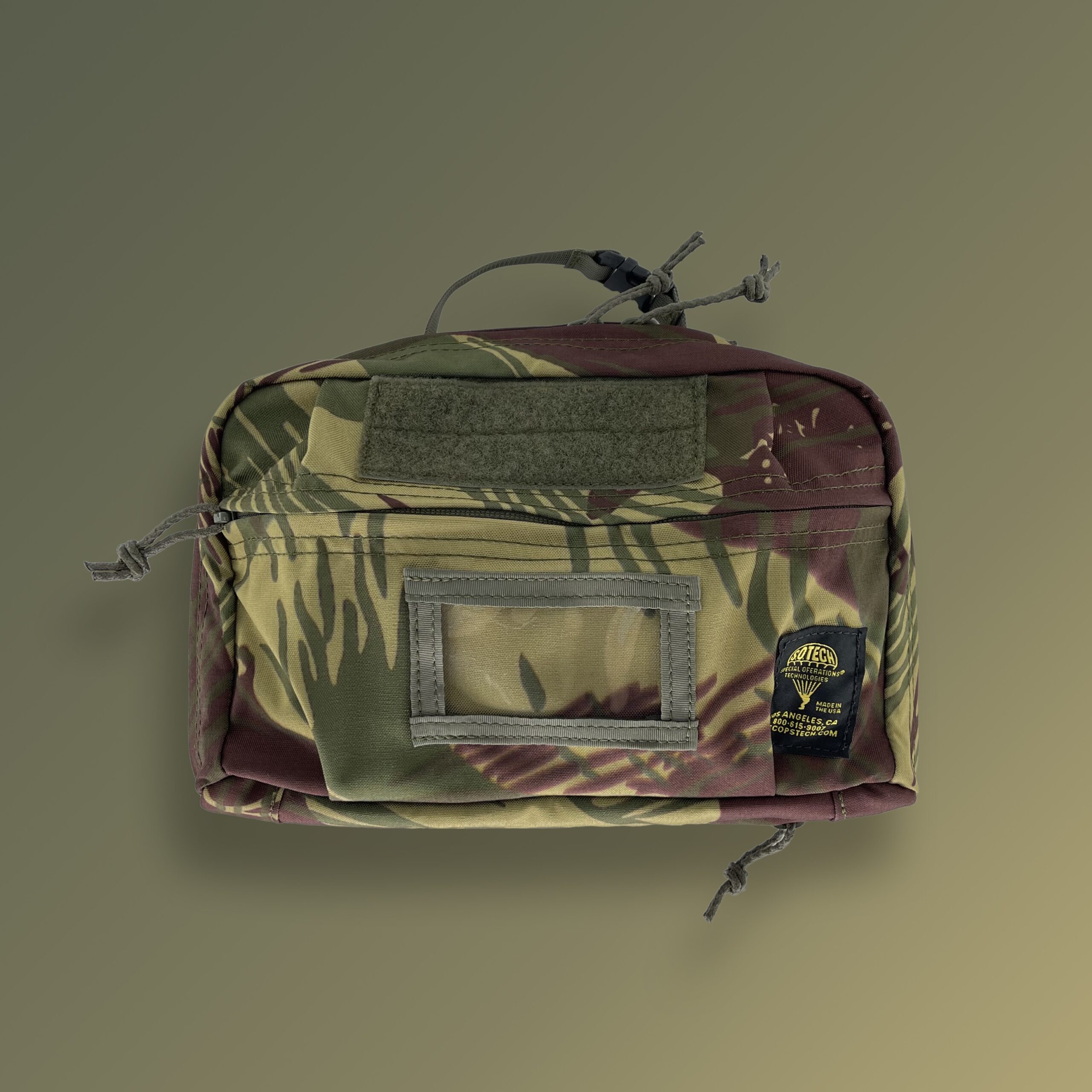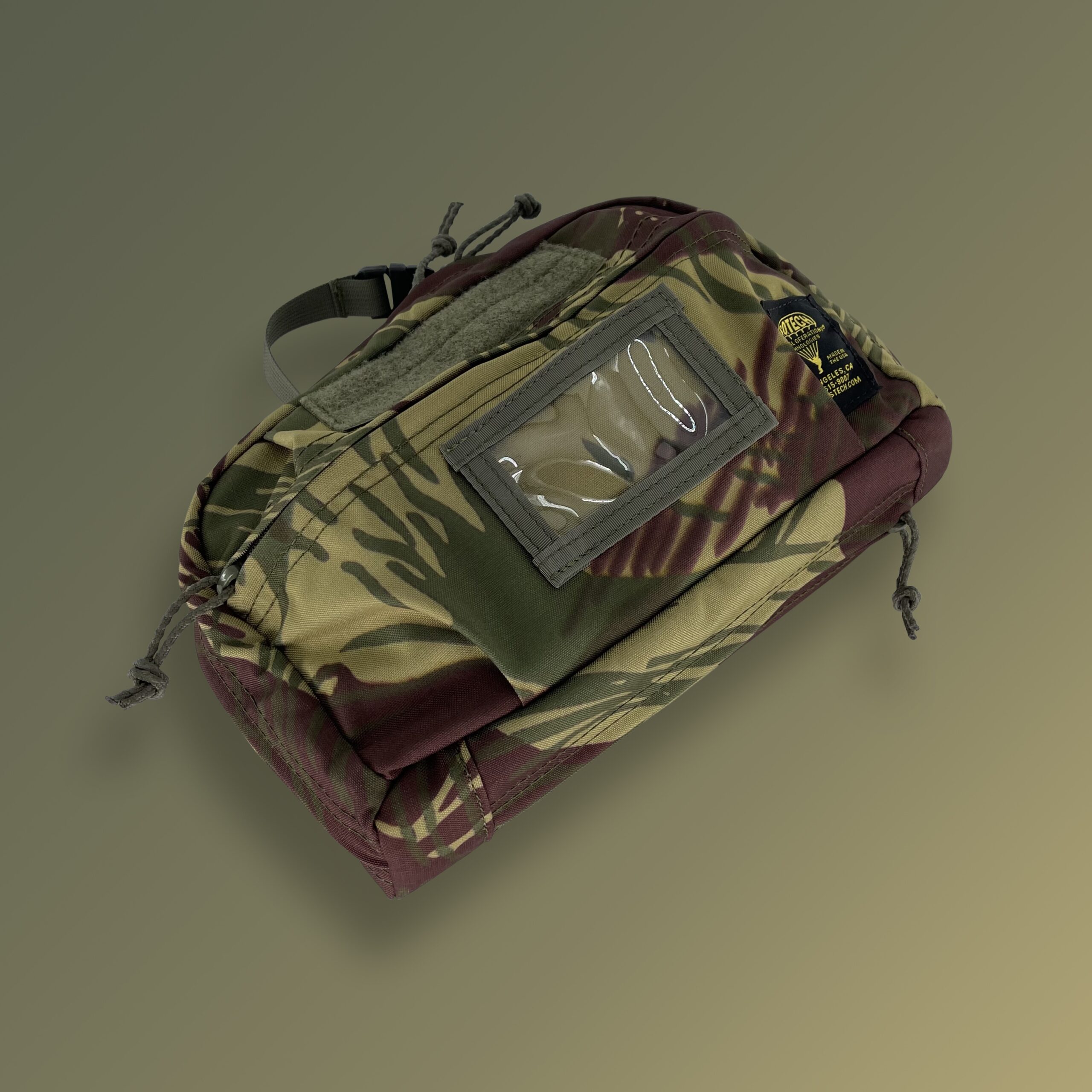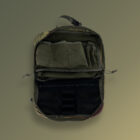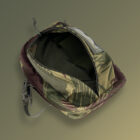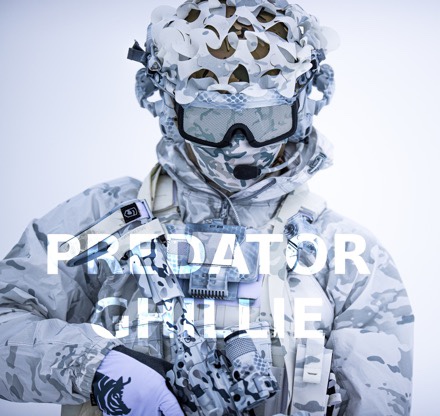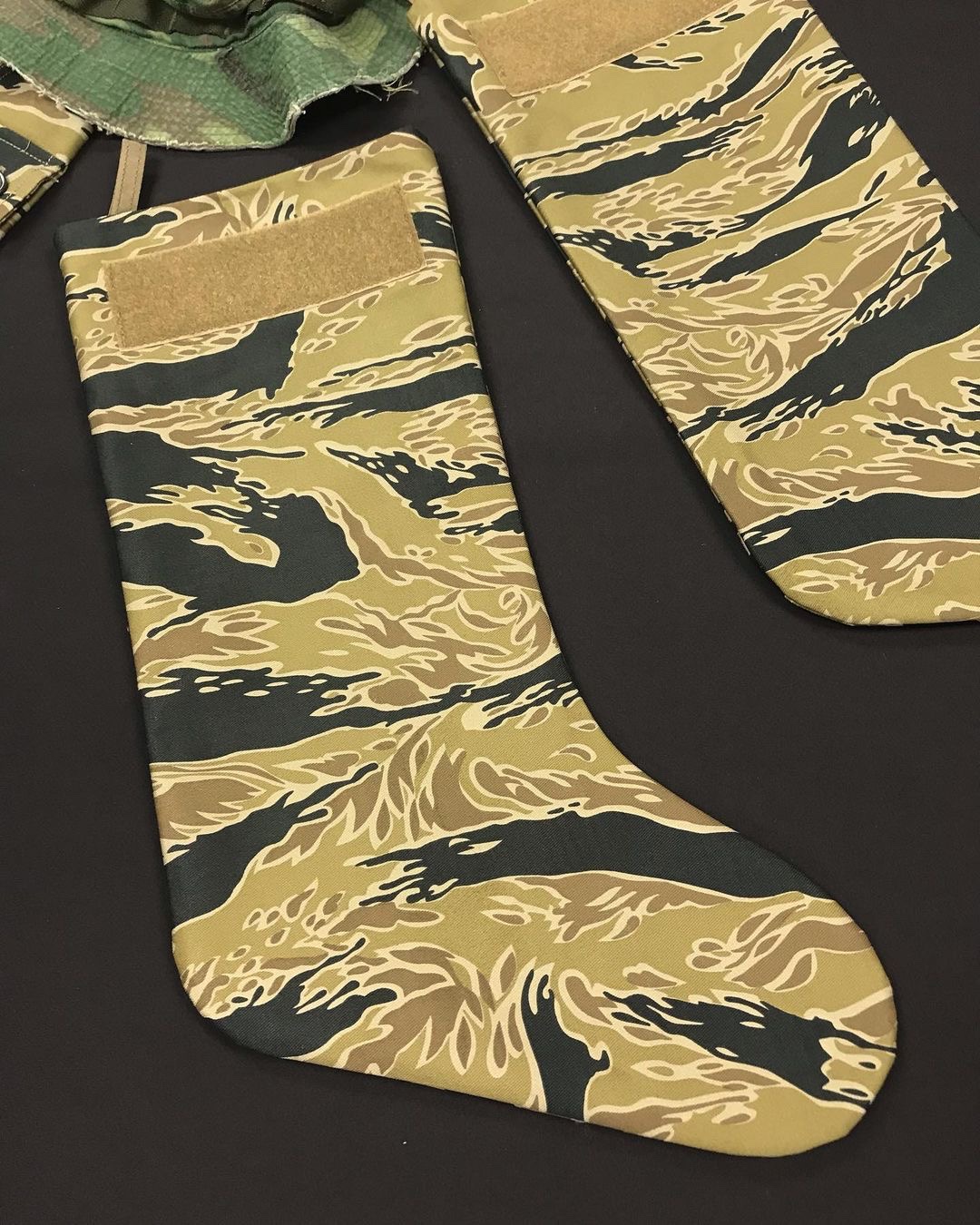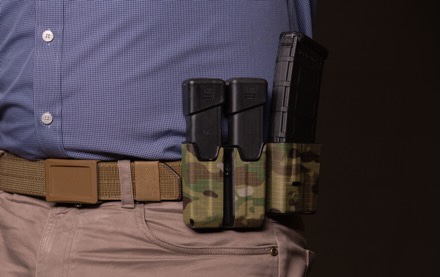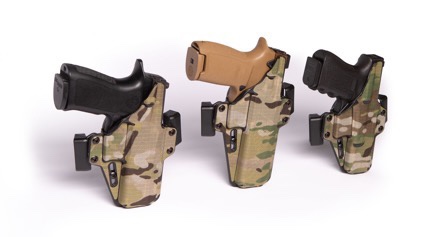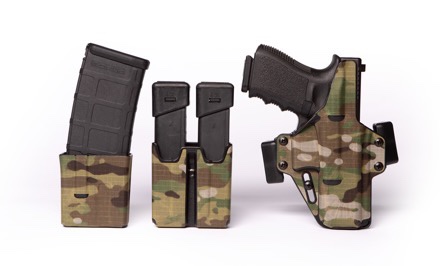
Saab has signed a framework contract for the supply of its Barracuda multispectral camouflage systems with the French defence procurement agency, Direction générale de l’armement (DGA). The contract includes the delivery of new camouflage systems as well as a system adaptation phase in cooperation with the DGA. The contract is for eight years and provides for annual deliveries.
With this cooperation, the DGA and the French Army will benefit from Saab’s global network and more than 60 years of expertise in the field of advanced camouflage systems. This programme has a pioneering character and is organised in different cooperation phases. In addition to the delivery of the most advanced camouflage systems for the operational areas of the French Army, the order includes a joint work phase during which the Barracuda camouflage solutions will be specifically adapted to the French Army’s operational requirements.
“The first phase of this programme will fine-tune the specification of the multispectral camouflage nets in order to meet the specific requirements of the French Army. The provided technology will enhance the user’s ability to remain undetected in the battlefield where the development of more capable and accessible sensors drastically increases the need for efficient camouflage,” says Henning Robach, head of business unit Saab Barracuda.
Solarmtex S.A.S, located in Vierzon, will be the local industrial and distribution partner for Saab’s Barracuda signature management and camouflage products in France. Saab’s Barracuda advanced camouflage systems have been delivered to more than 45 countries. Saab offers a unique package of advanced state-of-the art Barracuda camouflage systems and protection solutions, designed to limit the enemy’s detection and attack capabilities. Various solutions and configurations are available to protect camps, individuals, vehicles, weapon stations, sensors equipment and other assets in any type of terrain or environment.


